
Riding the Storm – an instruction
by Manuela Johanna Covini
- View Manuela Johanna Covini's Biography
Conceptual artist Manuela Johanna Covini lives and works in Berlin and Mexico City.
Riding the Storm – an instruction 1
Manuela Johanna Covini
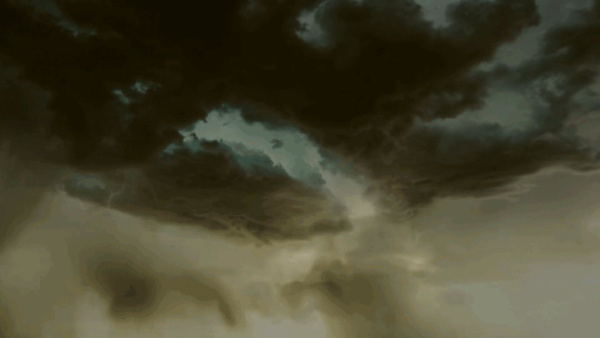
Manuela Johanna Covini, Dark lightning, 2022, video still from "The Speculative of the Spectacle"
To start with, I will provide a brief introductory remark on Riding the Storm - an instruction, which deals with the subject of resistance.
The very act of designing and writing this introductory text should be seen as a small act of resistance. As a resistance against the normalisation and standardisation of thoughts and their mediation. A small act of resistance against the dominance of scientific and academic texts.
Scientific and academic texts are texts in which a specific question is systematically analysed and answered. The texts must be produced in a methodically controlled manner in order to make the process of gaining knowledge comprehensible to third parties and thus criticisable (or falsifiable). However, features such as a uniform structure of the text (i.e. introduction, main body and conclusion or the referencing system) play a major role.
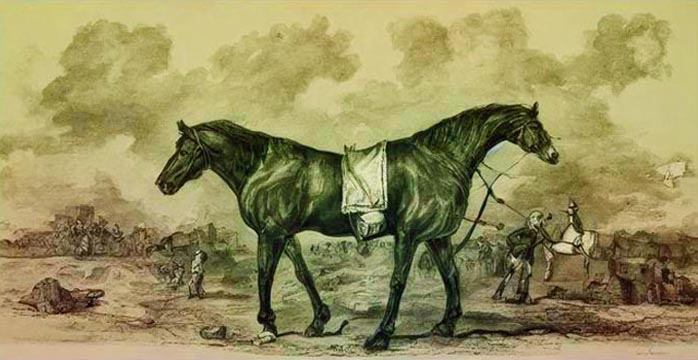
Manuela Johanna Covini, Horse without rider, 2022, AI generated image (text to image)
Clearly, a certain order in the structure of an essay makes sense if something has to be compared with - or against - each other. But can I compare abstract concepts such as the ideas/definitions/interpretations of resistance with each other? Are these different ideas/definitions/interpretations of resistance not each independent and context-dependent constructs of function and legitimisation?
It is also very clear: intellectual property must remain protected. And you must not adorn yourself with other people's feathers. But nothing is original.
And knowledge - that is a constant linking.
Knowledge is not a reflection, but a concatenation, a rhizome - according to Gilles Deleuze and Félix Guattari in their writings (2008).
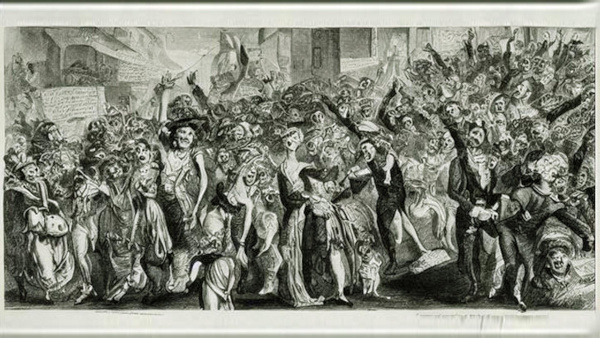
Manuela Johanna Covini, Celebrating the World, AI generated image (text to image), 2022
It is precisely this rhizome-like quality that I find in the handling of webpages. Here it is possible to interrupt a continuous text again and again and to link it with other text passages using hyperlinks. Things and facts are no longer placed in relation to each other by sequencing (as in a continuous text) (which already demands an initial explanation and thus entails an initial interpretation: because which information comes before another and why). This rhizome-like placement of information also means that these fragments of information (things and facts) are no longer limited to one meaning (caused by hierarchical order).
Clicking freely through texts can (if you are willing to remain alert and open while reading) lead to unexpected "aha" experiences.
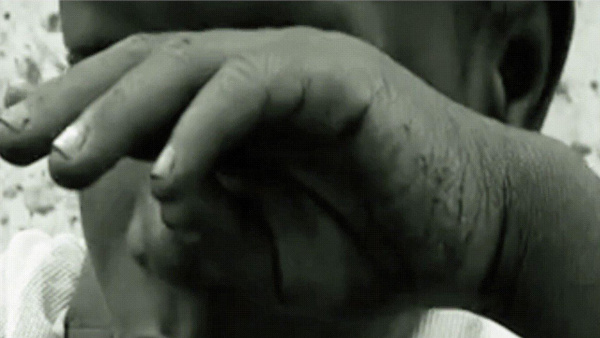
Manuela Johanna Covini, Sweet child in time, 2022, video still from The Speculative of the Spectacle
So basically, my work on the subject of resistance is about the ordering of simultaneously existing things/ideas/definitions.
The process of this organising presents itself as a collection of possibilities within the framework of a design experiment (the organising here is synonymous with the creation of a treatise on a specific topic).
Writing becomes a laboratory of fragments: Data and information.
This also includes the visualisations on my pages. Data and information become images. Some of the images are generated by text-to-image. Entire text fragments are translated as images. Real images or photos/videos (i.e. images of a real object taken through the lens of an apparatus) are manipulated by image programmes in order to represent a non-verbal communication of the subject (resistance).
One more note at this point:
The terms data, information and knowledge are often used synonymously, but the respective meanings are not the same, so it is important to know the differences and the connections between data, information and knowledge.
Data are initially various symbols and signs that are created by collecting and measuring observations. If data is linked with additional context, it becomes information. When we talk about knowledge, this describes all the information collected that is available about a particular situation or person.
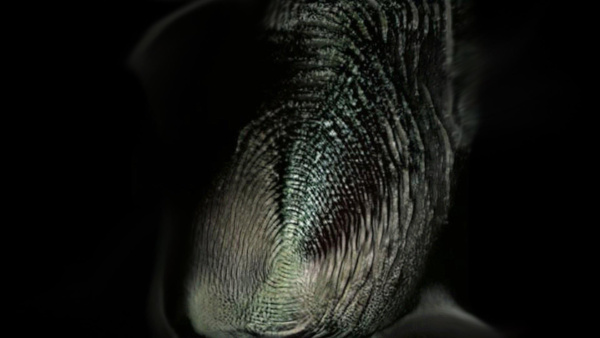
Manuela Johanna Covini, Fingerprint (of my many identities), 2022, AI generated image (text to image)
In this respect, knowledge is created by the reader or viewer. My intention in this work is to deal creatively with fragments of information and to present these fragments as fragments.
So it has become a work about the theme resistance that shows what I was looking for and what new connections have emerged from it.
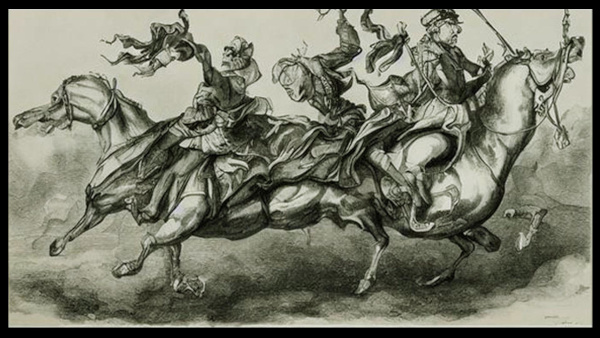
Manuela Johanna Covini, Riding the Storm, 2022, AI generated image (text to image)
Works cited
Deleuze, Gilles, and Brian and Félix Guattari. 2008. A thousand plateaus: capitalism and schizophrenia. London: Continuum.
Footnotes
1 See the full project at: http://covini.com/RTS_index.html

